The original name of Tsetang monastery was “Gyetang Monastery”, also known as “Ganden Chokhorling”, or “Nedong Monastery”; it was given name of “Da’an Monastery (Da’an means “The Great Peace”)” by the Qing Dynasty (1616 AD – 1912 AD).
It was a monastery of the Phagdru Kagyu sect of Tibetan Buddhism and the main monastery of the Phagdru Kagyu in its late period; then it was later converted to be a Gelug Pa monastery.
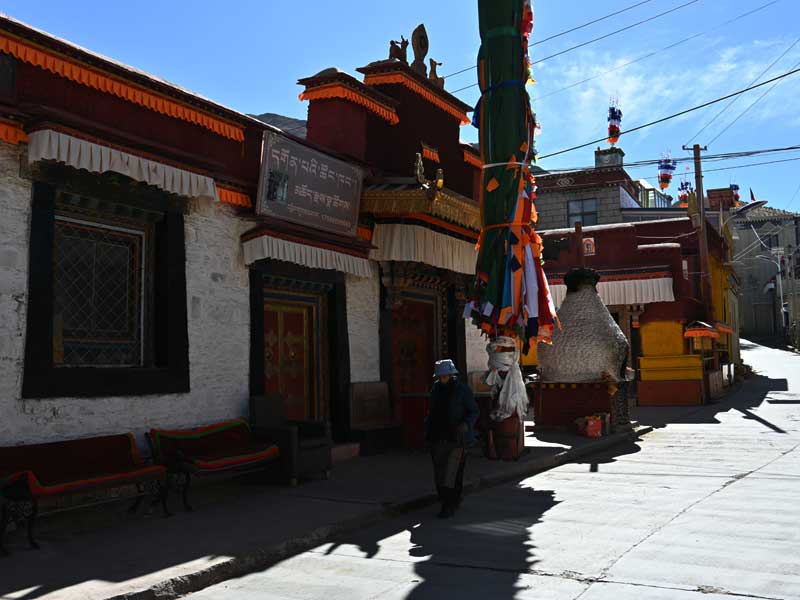
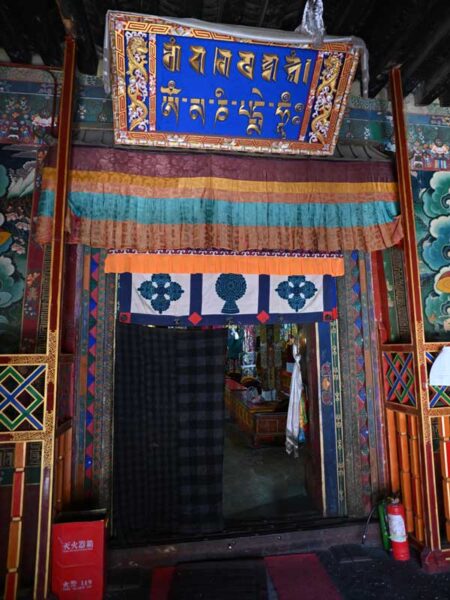
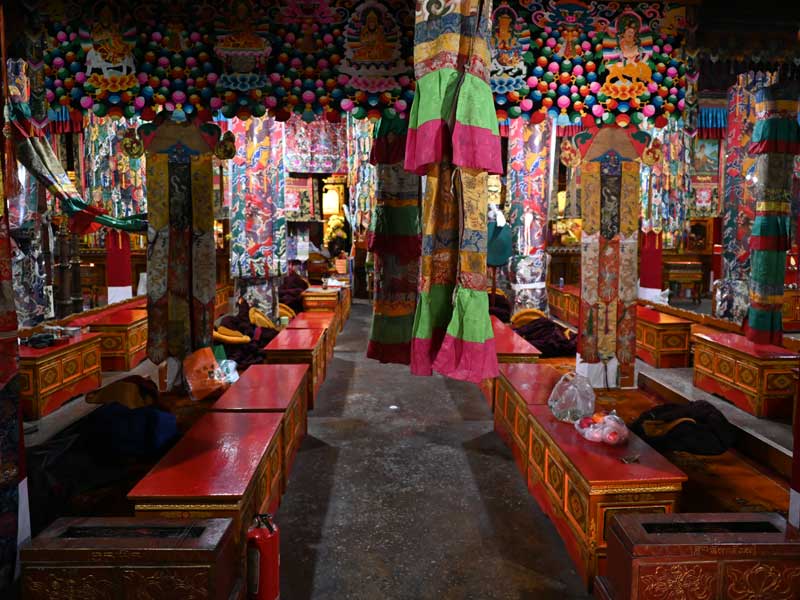
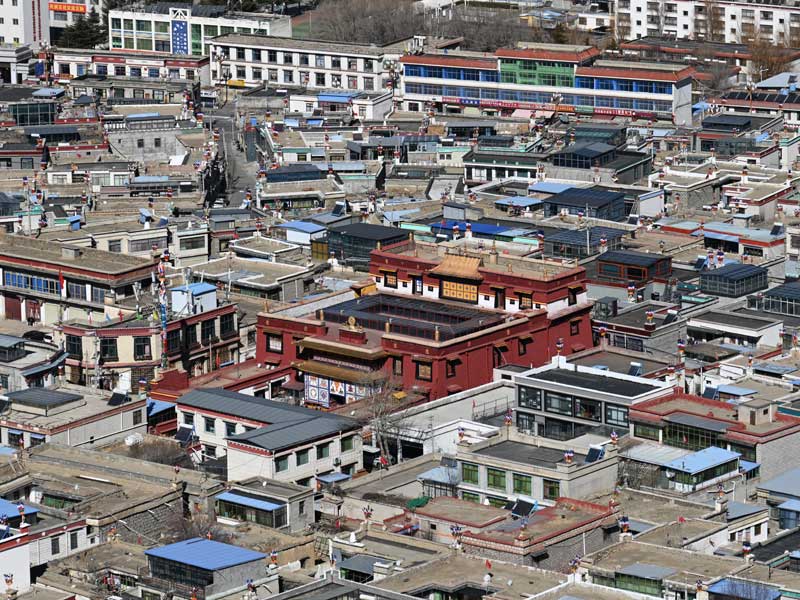
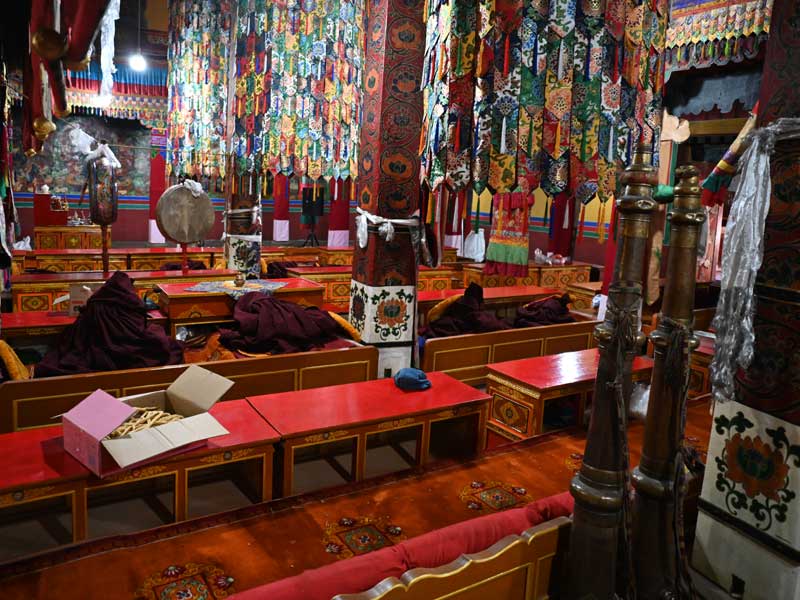
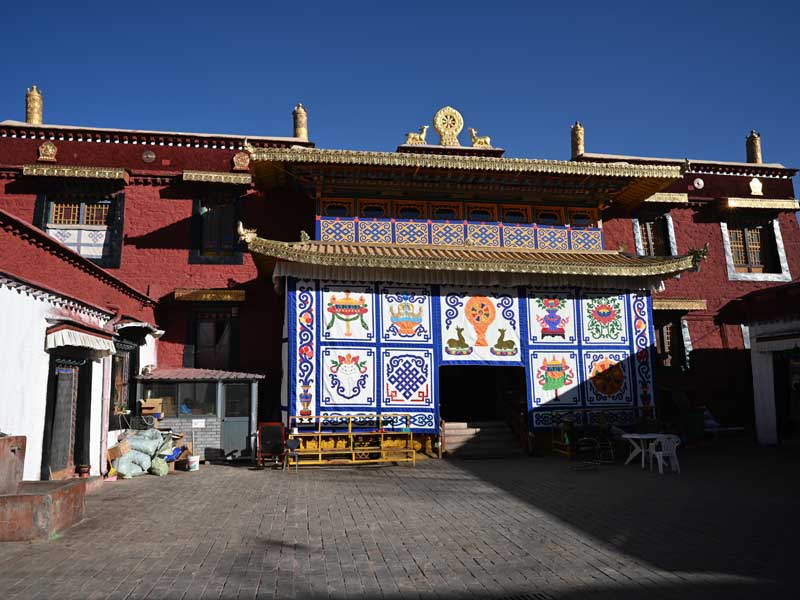
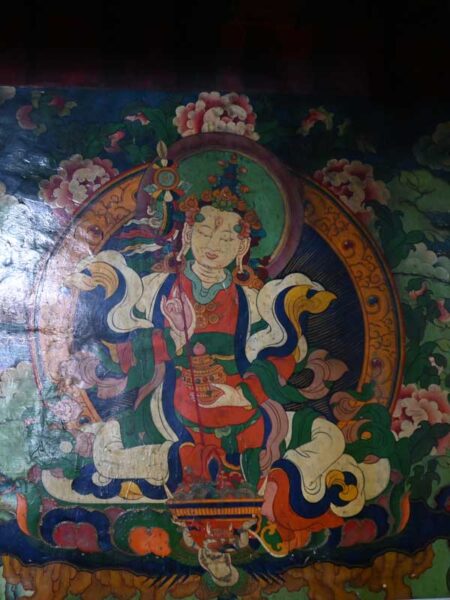
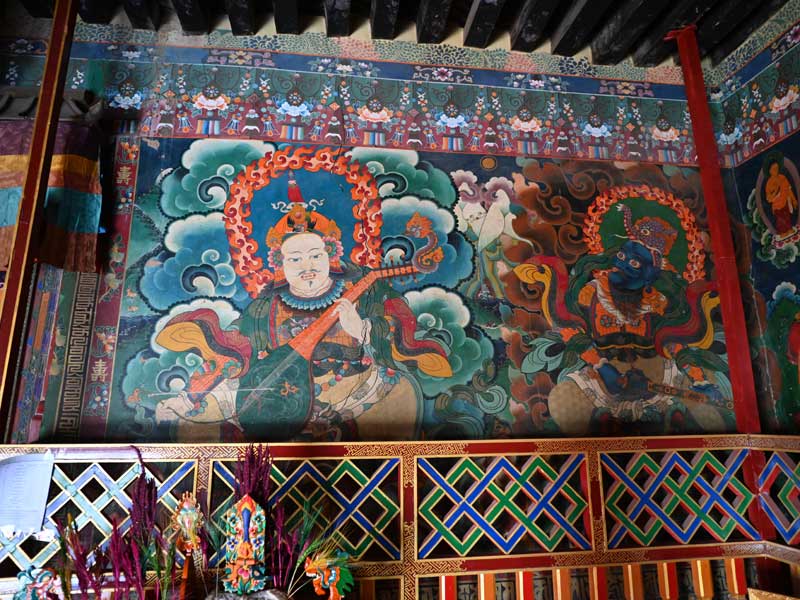
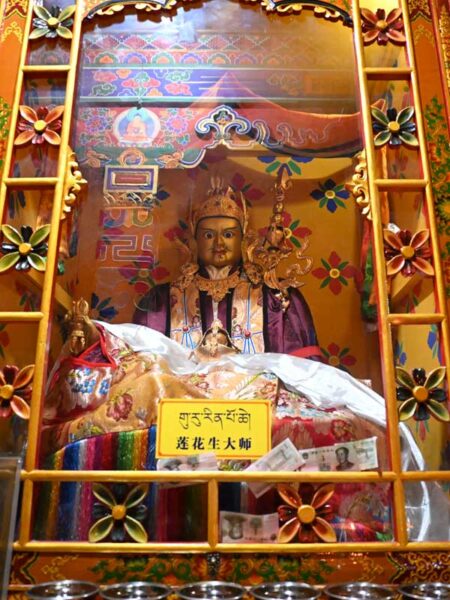
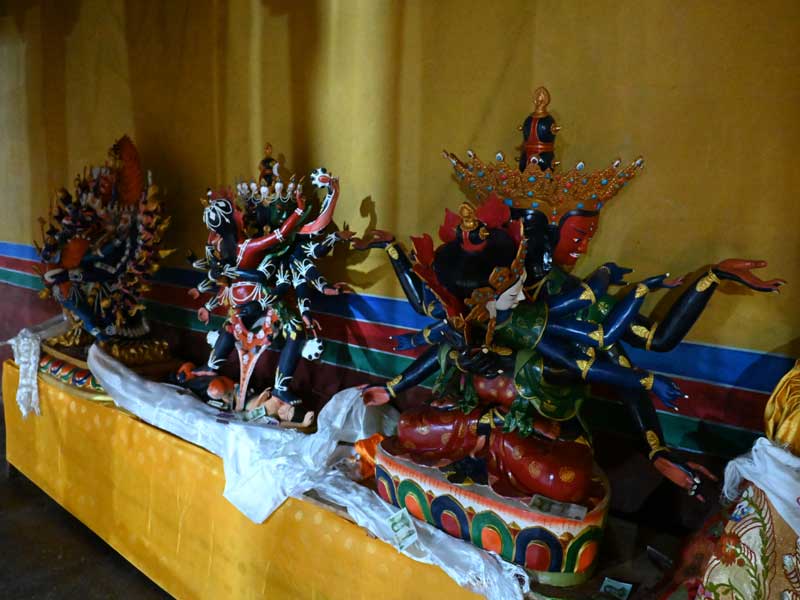
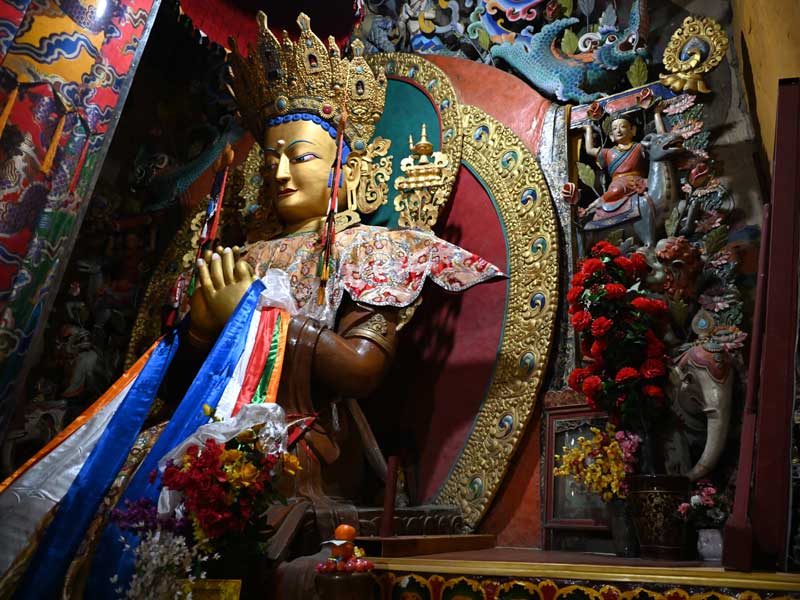
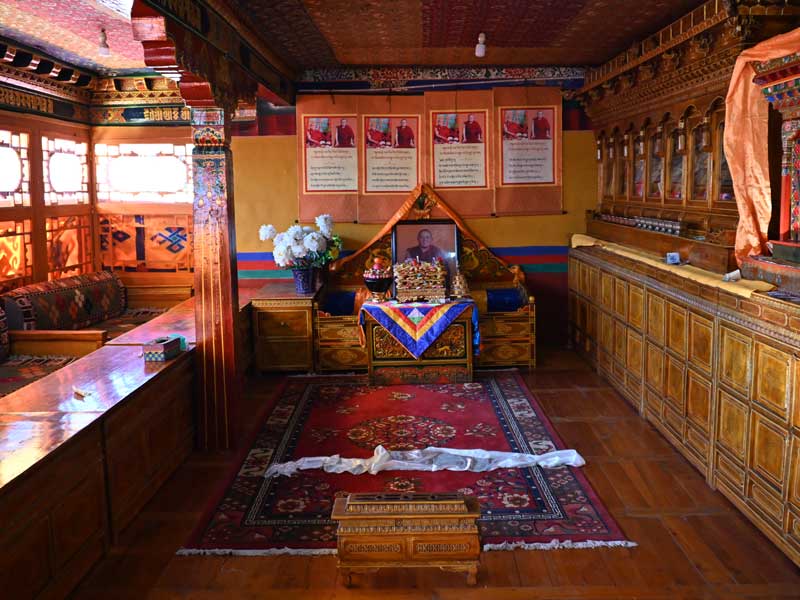
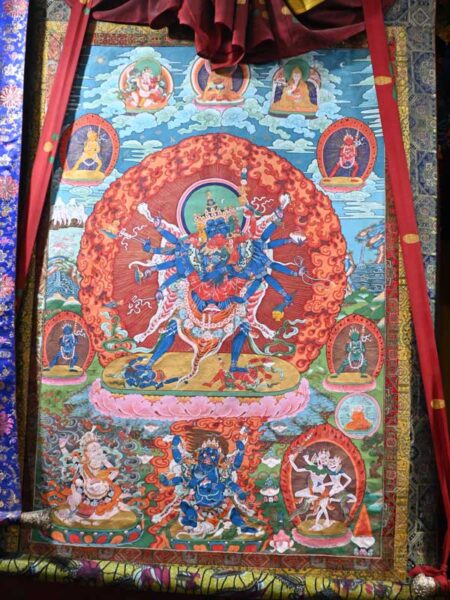
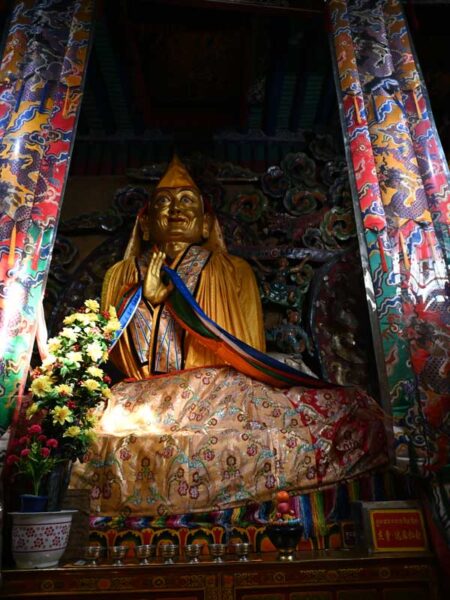
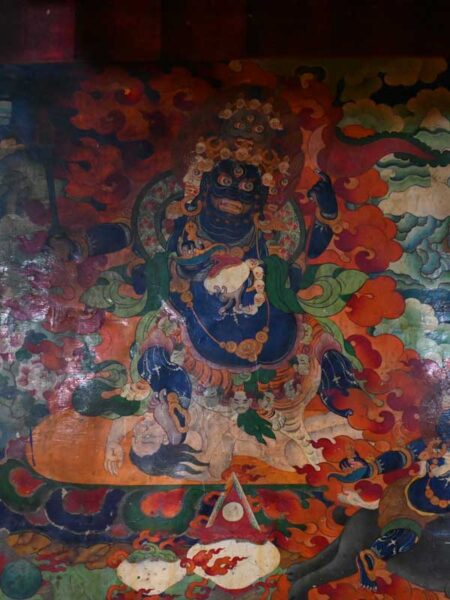
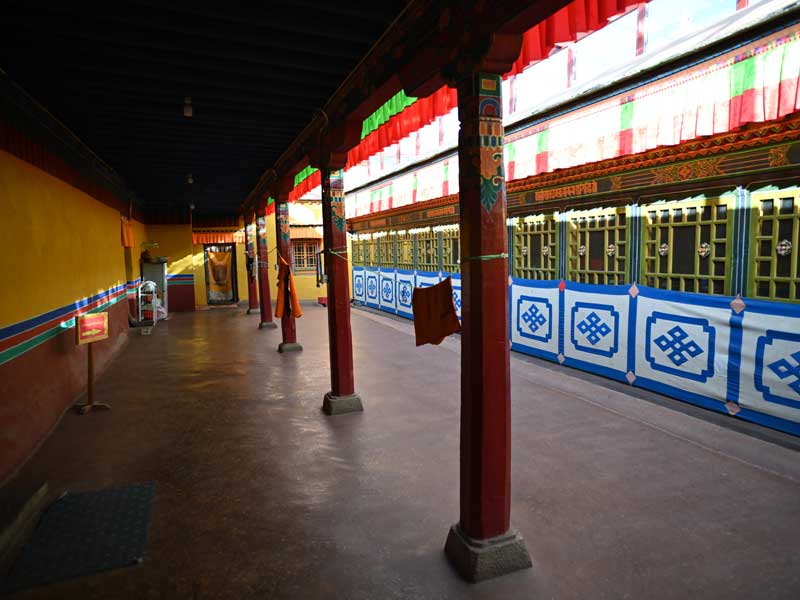
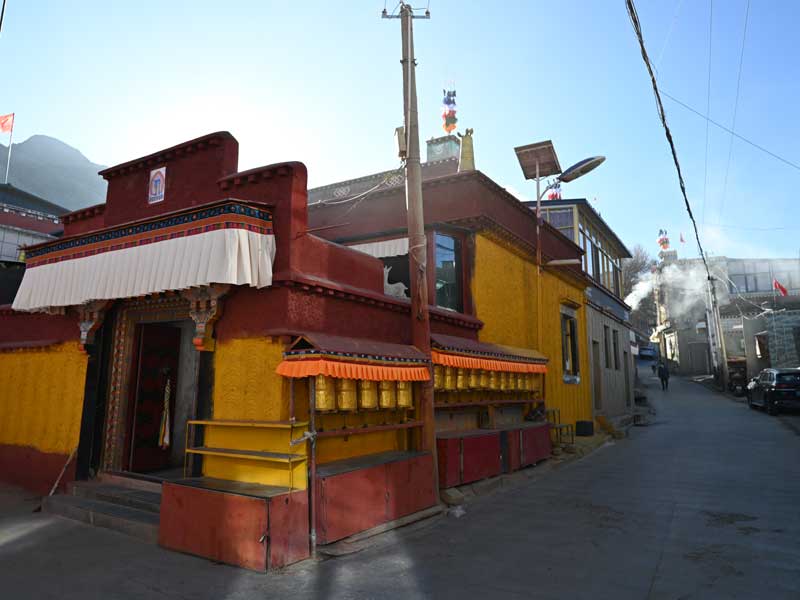
Located in Nedong District, Shannan City, about 100 meters away from Shannan Cinema to the west, with Kampot Mountain to the east and the Brahmaputra River to the north.
Brief
The early main monastery of Phagdru Kagyu sect was Densatil Monastery.
In the year 1351 AD, the Tai Situ Yangchub Gyaltsan (1302 – 1364 AD, “Tai Situ” was a title conferred during the Yuan Dynasty with meaning “Grand Minister”, a leader of the Phagmo Drupa Regime in Tibet, which combined political and religious authority) built Tsetang monastery in present-day Tsetang Town. Tsetang monastery mainly taught the sutras of the Exoteric Buddhism and had a scripture hall, serving as a place for Phagdru Kagyu sect’s monks to study the sutras of the Exoteric Buddhism
On the other hand, the main monastery of Phagdru Kagyu sect, Densatil Monastery, focused specifically on practicing esoteric teachings. Later on, Phagdru Kagyu sect shifted its focus to the Exoteric Buddhism, leading to Tsetang monastery gradually replacing Densatil Monastery’s position.
The abbot of the monastery was appointed by the Phagdru family’s leadership. Alongside Densatil Monastery, it was known as the two major monasteries of the Phagdru Kagyu sect, teaching the sect’s doctrines. The reputation of the Tsetang Monastery surpassed that of Densatil Monastery, attracting many to study there. This monastery flourished for a time, and its abbot had close ties with the Drigung Kagyu sect.
However, due to the monastery’s opposition to the rule of Polhanas (original name Polana·Sonam Tobgya,1689 AD – 1747 AD) regime, it was suppressed and converted into a Gelug Pa, and being renamed Ganden Chokhorling
The existing monastery buildings were constructed in 1900 by Gyayang Dundru and others, a project that lasted 12 years.
Initially, Ganden Chokhorling housed 130 monks, later increasing to 145 monks.
During the Cultural Revolution in the 1960s, the monastery was destroyed.
By the late 1980s, the local authorities gradually implemented new religious policies, leading to the gradual restoration of the monastery
Architecture
The architecture of Tsetang monastery is traditional Tibetan style, featuring beautiful design and intricate carvings. The overall layout is square, with a length of 89.2 meters from east to west, a width of 90 meters from north to south, covering an area of 8090 square meters.
In the middle of the eastern and western walls, there are large gates, with the eastern gate being 5.9 meters wide.
The main hall is located in the northern part of the entire monastery, facing south. To the left of the main hall is a scripture hall, and to the right is a Lakhang, surrounded by monks’ quarters.
Above the main hall’s entrance, there used to hang a horizontal plaque presented by Emperor Qianlong in 1743 AD. The plaque bears the Chinese characters “Da’an Temple (meaning the Great Peace)” with smaller Tibetan characters on the side.
In front of the main hall gate of Tsetang monastery, there are front buildings with four pillars and rear buildings with two pillars, with the scripture hall inside.
The scripture hall is 42 meters wide, 36 meters deep, two stories high, with high side skylights, and the walls on all four sides are painted with murals.
Cloud patterns, dragon patterns, lotus flower patterns, petals, geometric shapes, and more are depicted on the columns and lintels inside the scripture hall.
Passing through the rear door of the main scripture hall leads to the Buddha hall.
In the middle of the Buddha hall, there is a row of four large columns arranged east to west, reaching two or more stories high, with decorative patterns formed by wooden carvings and paintings on the column heads.
Buddha images are painted around the Buddha hall, mainly on the north, west, and south walls, including:
On the north wall, there are four large Buddha statues wearing red sashes, with hands clasped in front of their chests, sitting cross-legged on lotus thrones with a halo behind them adorned with sun and moon motifs; above the four large Buddha images, there are three small Buddha images.
The west wall depicts two large Buddha statues and three small Buddha statues, with high topknots, exposed right shoulders, draped in robes, wearing red sashes, holding a green vase in their left hands, with their right hands pointing downwards towards the ground, sitting cross-legged on lotus thrones; there is a halo behind them with sun and moon motifs on the outer circle.
The south wall depicts only small Buddha statues, with three in the upper row and four in the lower row, all with halos, high topknots, exposed right shoulders, sitting cross-legged on lotus thrones with various hand gestures: some pointing downwards, some with hands clasped in front of their chests, and some with hands stacked on their laps.
Enshrinement
Originally, Tsetang monastery housed a thangka of Shakyamuni Buddha as the main enshrined object, and there is also a two-story tall spirit pagoda in the monastery, where the remains of “Polhanas” are enshrined
Collection
Tsetang monastery possesses a gilded saddle, which is said to be the saddle of “Polhanas.” The saddle is 26 centimeters high and 56 centimeters long, made of wood with gilded copper skin on the front and back, adorned with inset turquoise lotus flowers, dharma wheels, and other patterns. The saddle features a green velvet cushion and unique bottle-shaped flaps. The black velvet edges of the flaps were originally embellished with cloud patterns made of thousands of pearls, with a velvet peony pattern in the middle. The saddle has a distinctive design, exquisite decorations, and holds significant cultural and artistic value.



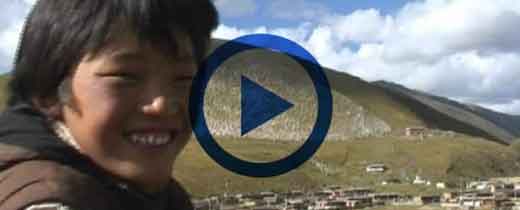

Leave a Reply